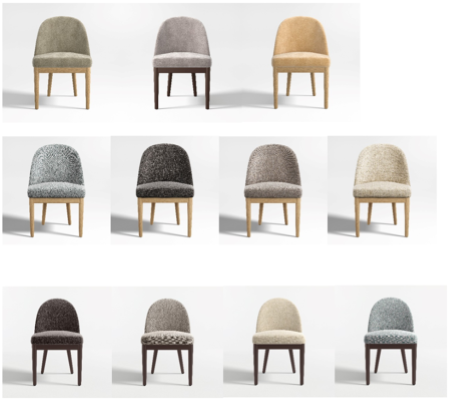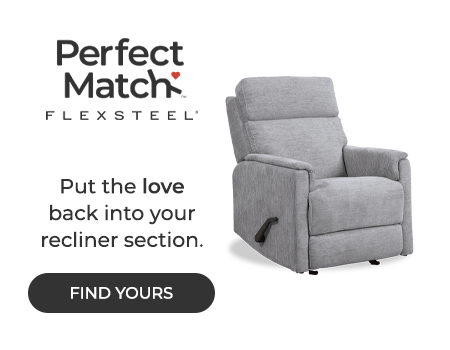Units can collapse under weight, posing fall and injury hazards
WASHINGTON — While much of the government recall attention of late has been on potentially dangerous clothing storage units that pose a tip-over hazard, two other recalls in the past few weeks have also put a spotlight on other potentially unsafe furniture.
They include the recall of 58,090 dining chairs sold by Crate & Barrel (including 3,160 sold in Canada) announced Oct. 30 and the recall of 760 dining tables and desks sold by RH (including 10 sold in Canada). The chairs pose a fall hazard because of an unstable leg, and the table and desk can collapse when pressure is applied to the top.
In the case of the chairs, Crate & Barrel has received 149 reports of chair legs breaking and 10 reports of injuries to the head, back, arms and face. RH has received one report of a dining table collapsing, which has resulted in lacerations.

Made in Vietnam, the tables were imported by RH US LLC, of Corte Madera, California, and sold in RH stores and on the company website from November 2023 through July 2025 for between $1,700 and $12,000.
Made in China, the chairs were imported by Euromarket Designs Inc., which does business as Crate & Barrel. They sold in Crate & Barrel stores and on the company website from January 2021 through January 2025 for between $300 and $350, the CPSC said.

Details of the Crate & Barrel recall can be found here, and the RH recall details can be found here. Each report has details about the products impacted and steps consumers can take to receive replacements or a refund.
Each recall was put on what’s called a Fast Track process, meaning that steps are being taken to inform and protect consumers from faulty or potentially dangerous products sooner rather than later. A key goal is to prevent further incidents or injuries, particularly involving children and even older adults.
The recalls also alert retailers about what types of issues to look for as they decide what to purchase, particularly regarding construction, stability and the types of materials used in the product.
Buying product that has a higher perceived value and that meets certain safety standards will help them avoid being associated with a recall. This also will allow them to avoid time and money spent fielding calls from consumers with questions about defective product while also dealing with returns.
But most importantly, no one wants to be associated with a product that causes injury or related harm to any customer. Thus asking key questions of vendors beforehand can help make the right buying decisions over time.




